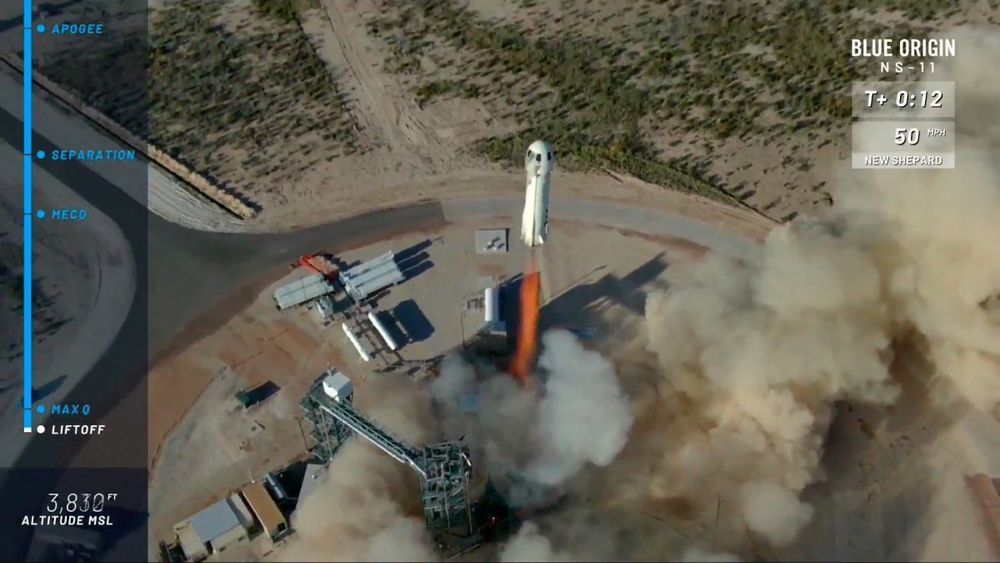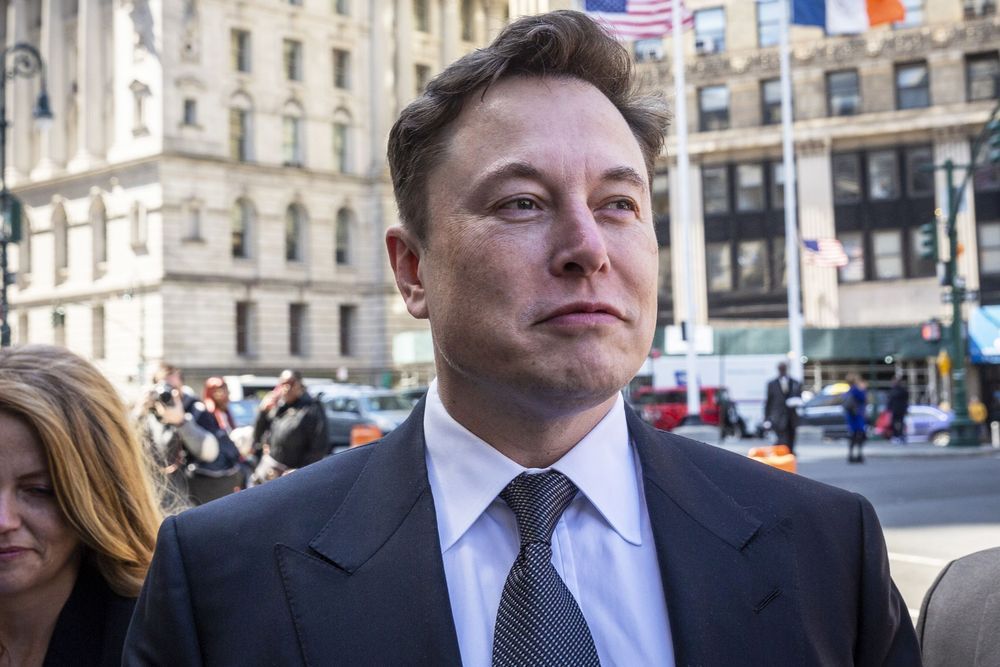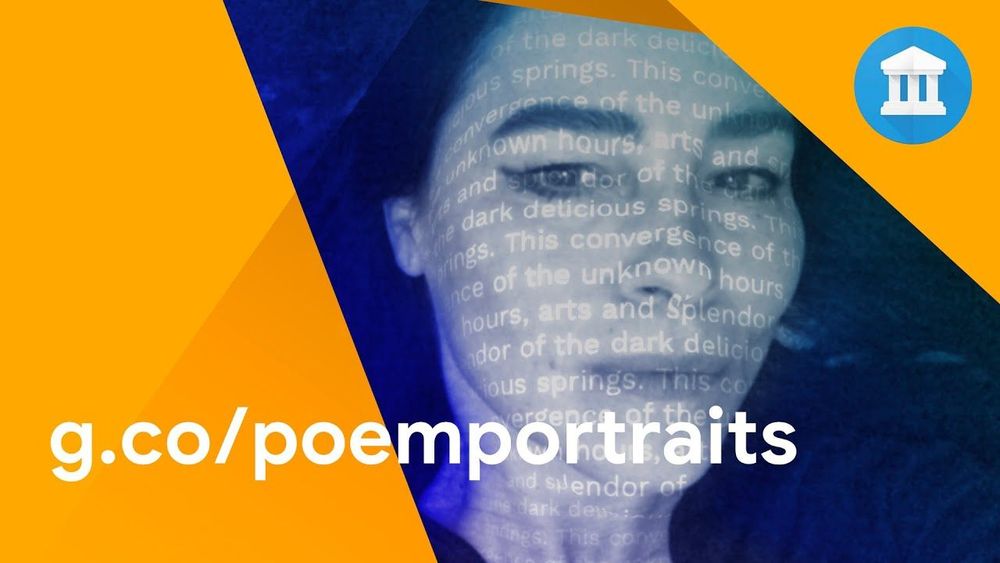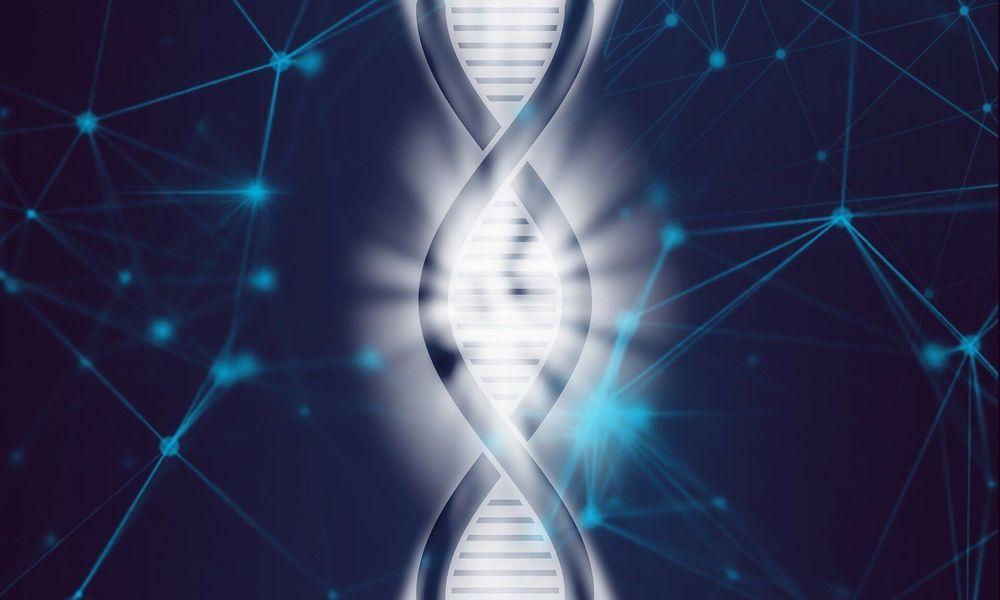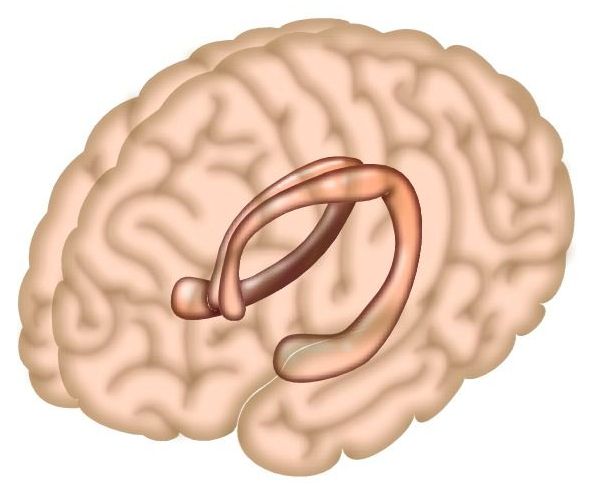Page 8874
May 2, 2019
Ray Dalio had CEOs like Bill Gates and Elon Musk take a personality test—here’s what he found that makes them so successful
Posted by Genevieve Klien in category: Elon Musk
Bridgewater Associates billionaire Ray Dalio once gave some of the world’s most successful visionaries — from Elon Musk to Bill Gates — a personality assessment to learn what makes them so successful. Here’s what he found.
May 2, 2019
Google’s latest AI art project turns your face into a “poem portrait”
Posted by Genevieve Klien in category: robotics/AI
May 2, 2019
China Is Sending a Spacecraft to Visit Our Nearest Asteroid Neighbor
Posted by Genevieve Klien in category: space travel
May 2, 2019
Chemical modifiers tag-team to regulate essential mechanism of life
Posted by Genevieve Klien in category: biological
Scientists at the Gladstone Institutes have made a key observation about one of the most fundamental biological processes: gene transcription.
May 2, 2019
Microsoft Office 365 Accounts Under Attack — What You Need To Know
Posted by Genevieve Klien in category: security
Security researchers have seen a startling rise in attacks against Microsoft Office 365 accounts. Here’s what they found and how you can keep the hackers out…
May 2, 2019
Ira S. Pastor — CEO, Bioquark Inc. — Midnight In The Desert Show — Dave Schrader
Posted by Ira S. Pastor in categories: aging, bioengineering, biotech/medical, business, cryonics, DNA, genetics, health, life extension, singularity
May 2, 2019
Get ready for tens of millions of climate refugees
Posted by Quinn Sena in category: climatology
Researchers are creating models of where people will move when climate shocks hit, but so far we’re just making educated guesses.
May 2, 2019
Sleep frees up the hippocampus for new memories
Posted by Shailesh Prasad in categories: biotech/medical, neuroscience
Two regions of our brain are central for storing memories: the hippocampus and the neocortex. While the hippocampus is primarily responsible for learning new information and its short-term storage, the neocortex is able to store large amounts of information for a long time. Lea Himmer, Dr. Monika Schönauer and Professor Steffen Gais of the Institute of Medical Psychology at the University of Tübingen and their team investigated how these brain areas interact during the consolidation of new memories and which role sleep plays in that process. The team of researchers used functional neuroimaging to show that repeated rehearsal can lead to the establishment of memory traces in the neocortex within a short timeframe. However, these traces are only sufficiently stable if a sleep phase follows learning – otherwise the brain continuously needs to call on the hippocampus to help with long-term storage of new memories. The new study is published in Science Advances.
In this new study, the researchers had their participants study a list of words, which was repeated seven times. While they conducted this task, their brain activity was recorded by an MRI scanner. Twelve hours later, the participants repeated the task with the learned words and a new word list. Half of the subjects had slept in the meantime, while the other half had remained awake. Repeated practice led to increased involvement of the posterior parietal cortex, a region of the neocortex, within an hour. At the same time, the hippocampus became less and less engaged in the process.
May 2, 2019
AI Evolved These Creepy Images to Please a Monkey’s Brain
Posted by Genevieve Klien in categories: information science, robotics/AI
So why not ask the neurons what they want to see?
Read: The human remembering machine
That was the idea behind XDREAM, an algorithm dreamed up by a Harvard student named Will Xiao. Sets of those gray, formless images, 40 in all, were shown to watching monkeys, and the algorithm tweaked and shuffled those that provoked the strongest responses in chosen neurons to create a new generation of pics. Xiao had previously trained XDREAM using 1.4 million real-world photos so that it would generate synthetic images with the properties of natural ones. Over 250 such generations, the synthetic images became more and more effective, until they were exciting their target neurons far more intensely than any natural image. “It was exciting to finally let a cell tell us what it’s encoding instead of having to guess,” says Ponce, who is now at Washington University in St. Louis.
Continue reading “AI Evolved These Creepy Images to Please a Monkey’s Brain” »
